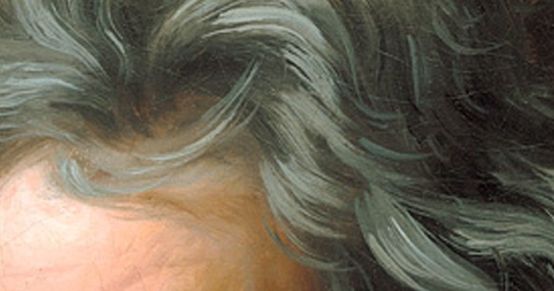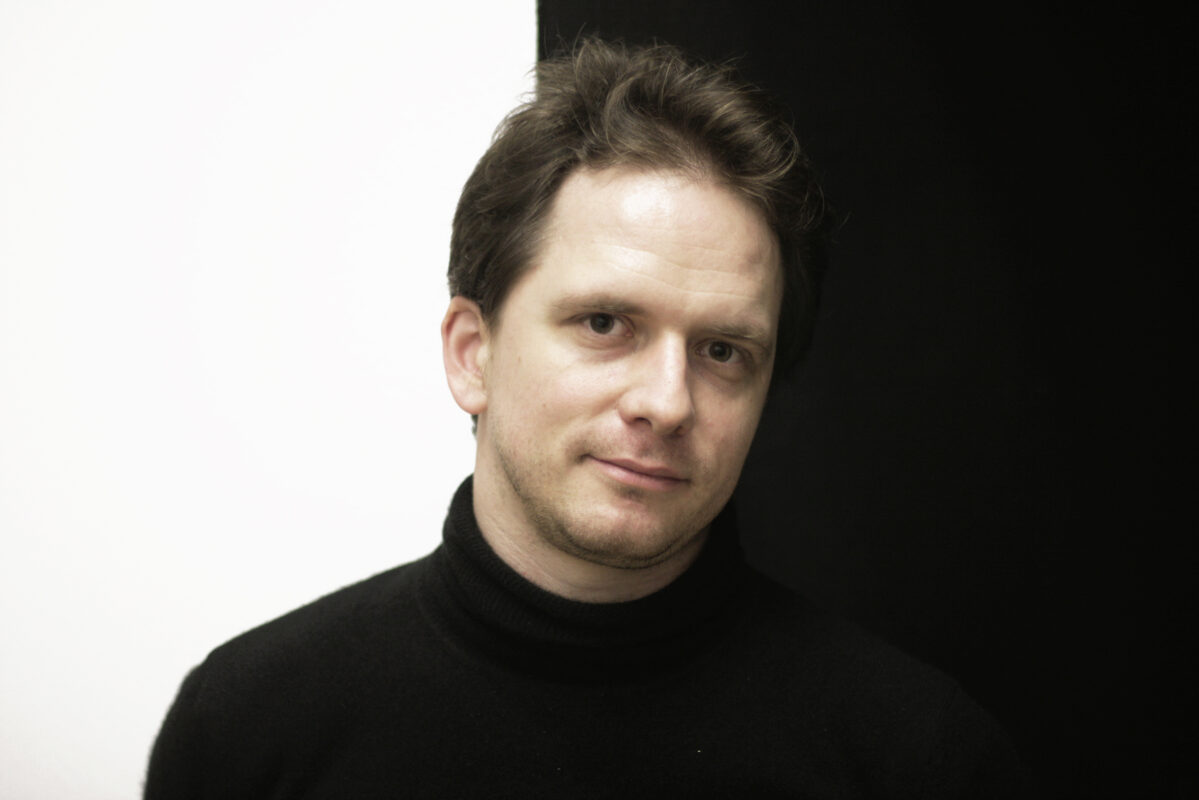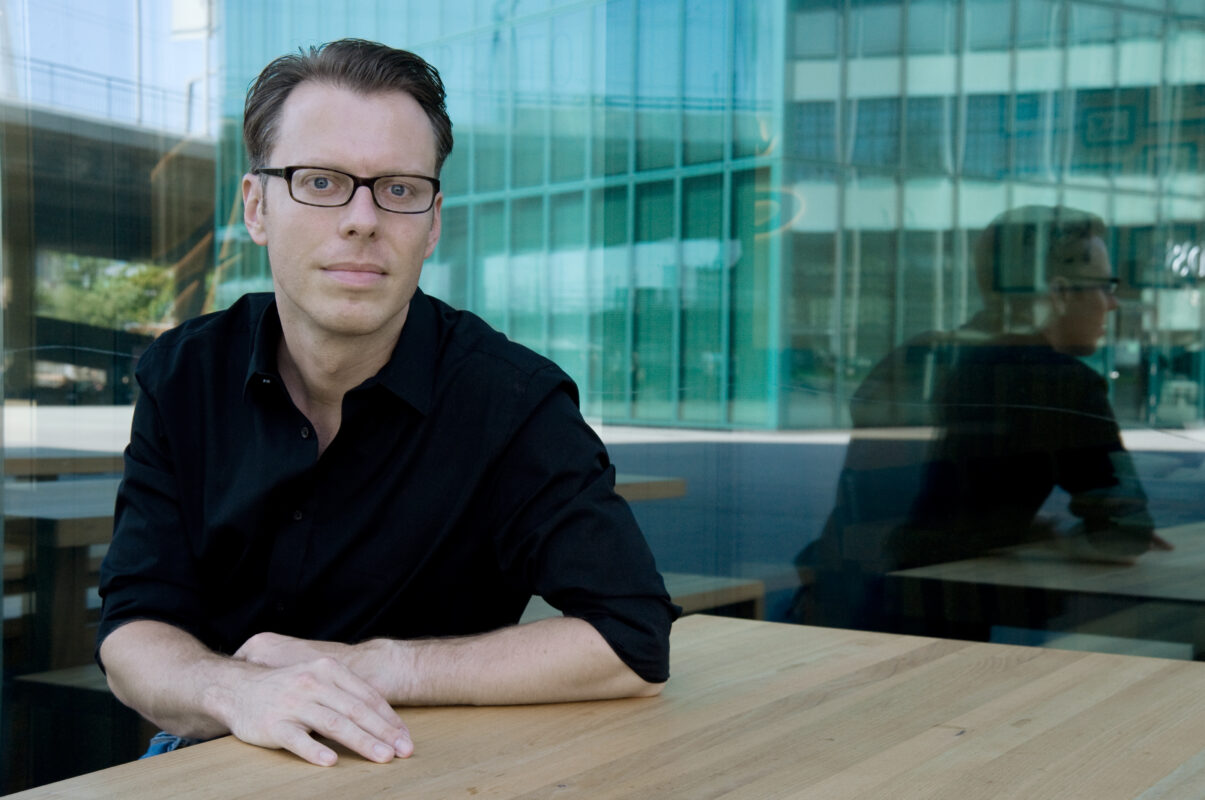Symphony no. 9
Every Friday, Beethoven is here. To mark the 250th anniversary of Beethoven's birth, each week Swiss Music Review takes a look at a different work from his catalog. Today, it's the Symphony No. 9 in D minor.

There are scarcely more than a dozen works of classical music that have found a permanent place in the general consciousness. There are many reasons for this, ranging from frequent use in official ceremonies, on radio, film and television, to less specific traditions. Because, in all sincerity, who hasn't heard a more or less festive performance of Beethoven's Ninth on New Year's Eve, at the end of which the sung part seems to relegate all other symphonies to the shadows? At least in this sublime moment, it's as if the whole world were brother and sister, unlike everyday life. What's more, this "Ode to Joy" has never been a poor substitute in situations where no national anthem was available or applicable (e.g. in Rhodesia, Kosovo or when East and West German teams faced off at the Olympics). In all these cases, however, Friedrich Schiller's visionary verses were not sung, and probably not even considered. The same applies (unfortunately) to its official use as the European anthem (since 1985) - arranged without words by Herbert von Karajan in versions for piano, wind band or orchestra.
There was no shortage of arrangements in the 19th century. At the time, the thorny question was: how are we going to place the text and the song in the score? With Franz Liszt, for example, the virtuoso transcription for two-handed piano (1853) ultimately became the piano reduction. A few years earlier, Carl Czerny had also been faced with the problem of where to place the sung voices when (as is still common today) the two pianos shared the left and right sides of the open score. The result was a landscape-format score from the Leipzig publisher Probst, containing a piano adaptation with a separate supplement featuring the sung voices in portrait format. In a letter dated September 3, 1828, Czerny pragmatically (and farsightedly, as we know today) explained: "the future will quickly appreciate the greatness of musical composition to such an extent that it will forget the words."
Aufnahme auf idagio
Keeping in touch
A weekly newsletter reveals the latest column on line. You can subscribe by entering your e-mail address below, or by subscribing to our RSS feed.








